‘It’s like a crime scene’ what’s happened to the Rio Grande in far west Texas
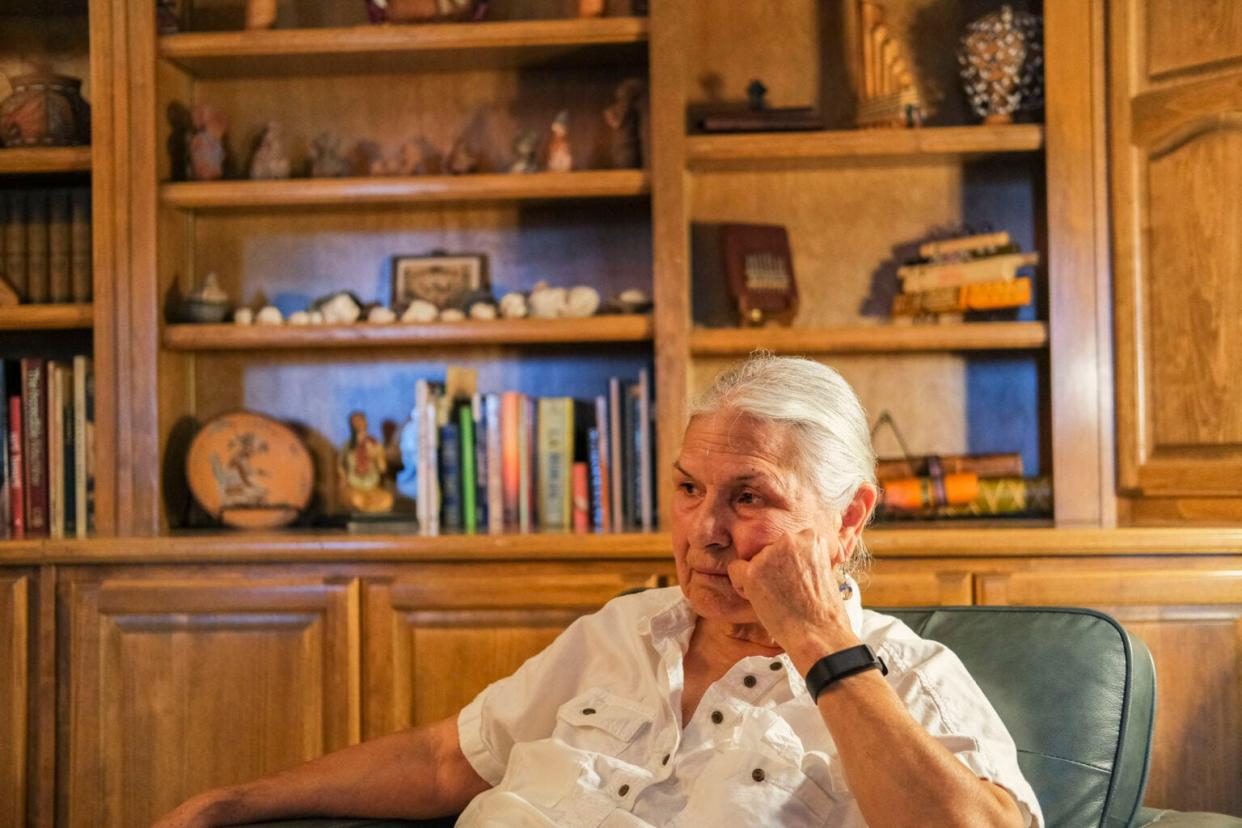
This story was originally published by Source New Mexico.
SOCORRO, TEXAS - Estela Padilla dreams of the Rio Grande, the river of her youth.
In her home shaded by pine and pecan, Padilla, 77, said her heart is broken by the vast changes in what was once a mosaic of wild spaces.
“My grandchildren cannot relate to my memory of the river because they never knew it,” Padilla said, twirling a sprig of mint from her iced tea through her fingers.
Retired from her work as a fraud prevention manager for the U.S. Department of State, Padilla said she’s had more time to reflect on the reshaping of the river in her own lifetime.
“When you cut the water off, everything changes. Not only nature, but you change people’s way of living, the economy, the biodiversity,” she said. “It is so colossal. It’s like a crime scene.”
Pushing for more accountability for why the river’s in such bad shape, for how the water is used now, is a means of survival, Padilla said.
“The river, it’s just like the circulatory system of a body,” she said. “You cut it out, you die.”
Padilla, dressed in all white linen, hair pulled into a delicate bun, described how life in the Socorro of her childhood revolved around the river. She described it as a farming hamlet, with many families given land grants in the 1871 agreement incorporating the town. This includes the Trujillos’ parcels, her mother’s family, on Bovie Road.
“The culture was very tied to nature and what the earth produced,” she recalled. “Every little house had a garden of flowers in the front and a garden of vegetables in the back.”
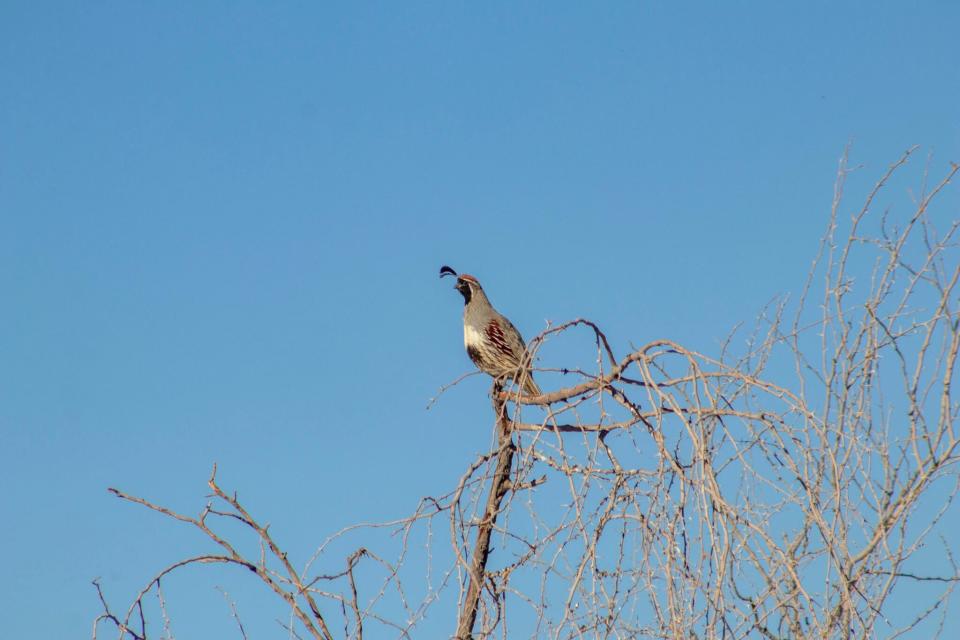
Uncles would bring home an ecoté — turtle — to eat, or gunnysacks of fish to share with neighbors. She recalled the canopy of cottonwoods, “huge, ancient” and prolific, arched over the ditch next to her grandparent’s home. She and the cousins would play under their shade, feet sinking into soggy ground, to make crowns from the catkins.
“It is a tradition that cannot be continued because of the lack of water. And so it’s little things that make it so obvious that we have just done something irreparable and have changed the culture of the people,” she said.
The Rio Grande has lost as much as 93% of wetland habitats. Dam construction, building diversions and levees for flood control meant the human grip on the flows eliminated the patterns to grow cottonwoods and willows. People transformed wetlands to support agriculture or more urban development.
The lack of flooding, and groundwater loss through well use, “desertified” these spaces, and allowed for drought-tolerant plants — both native and exotic — to replace those trees along the Rio Grande, according to a U.S. Forest Service environmental history.
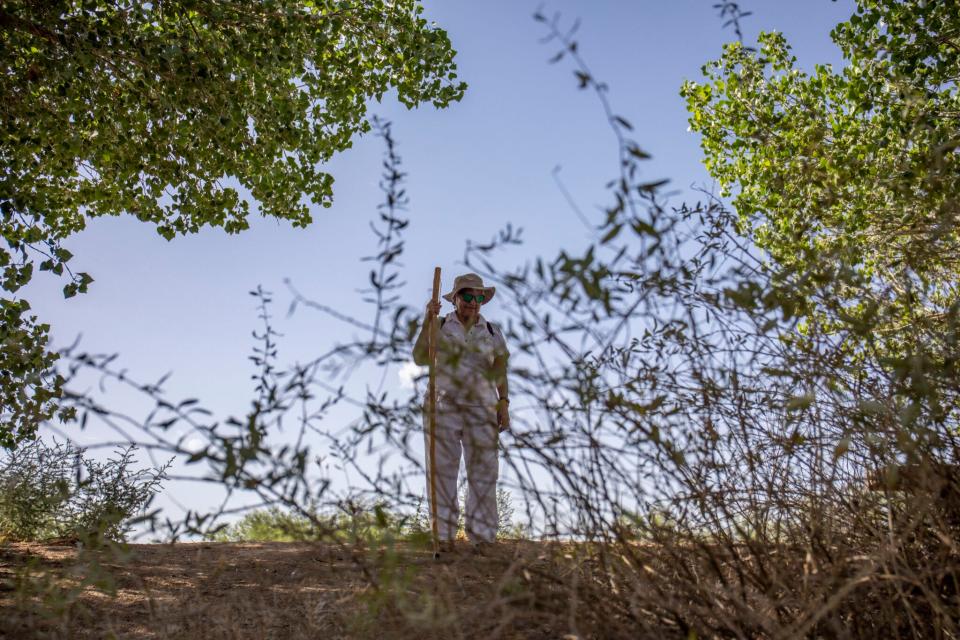
Severe drought in the 1950s and construction to prevent additional flooding left bleached stands of cottonwoods along ditches. The trees declined further in the following decades.
At the bottom of the river, the ways of living and farming have drastically changed in a lifetime.
“My relationship with the river, it’s more of a lament,” she said.
The drought also saw population shifts across the United States away from agriculture and toward urban living. Padilla’s own family felt the shift in the ‘50s. Her grandfather, Jose Trujillo, farmed. Her father also worked in agriculture — until he didn’t.
“He drove a truck, and he hauled alfalfa to the dairies and hauled manure and did everything related to agricultural processes. And then all of a sudden, it was gone, and he didn’t have a job,” she explained. Instead, he got a job as a dispatcher for the water utility.
Visiting cottonwood stands further north in Albuquerque, or walking in the restored forest of Rio Bosque Park offers solace.
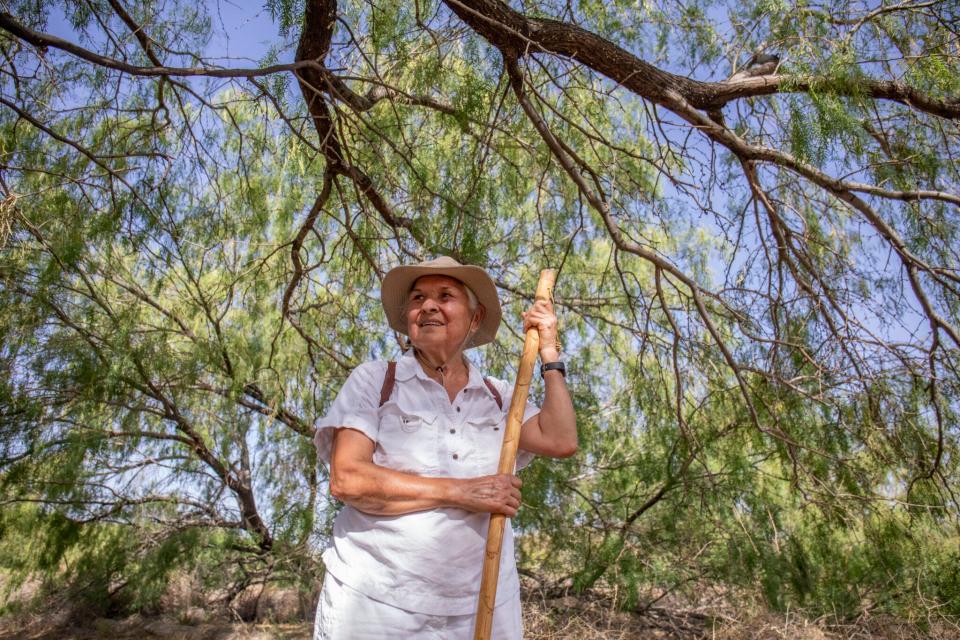
Gripping a walking staff, Padilla takes a moment to stop at the trail beside the restored canal to greet a soft-shelled turtle like an old friend, commenting on her beauty. Even as the area undergoes transformation into the ancient wetlands, Padilla said it’s difficult to reconcile memory and reality.
“It’s a totally new place, I have no experience of walking the trails or any of the surroundings,” she said. “I’m reacquainting myself with an area when I was young, but I’m thrilled to see the changes.”
Still, she dreams of a future for the trees here.
“My roots are in the river and the life the river gave us,” she said. “It’s not the way my children grew up. It’s not the way my grandchildren grew up. But I tell them the stories, and I talk about the trees, and they know my love for the cottonwoods.”
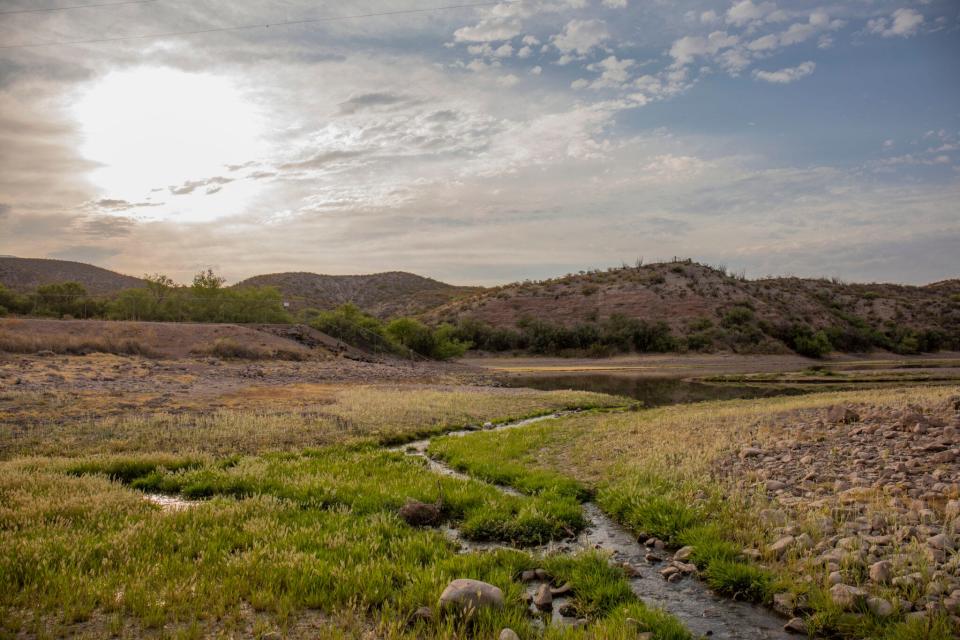
Danielle Prokop is a freelance reporter based in the Borderlands. This project was funded by a grant from the Water Desk and by States Newsroom, a network of nonprofit news organizations and home to Source NM.
Others are reading:
Get ready to spring forward: Here's when daylight saving time 2023 begins
New Mexico State Athletic Director outlines search for next basketball coach
This article originally appeared on Las Cruces Sun-News: ‘It’s like a crime scene’ what’s happened to the Rio Grande

